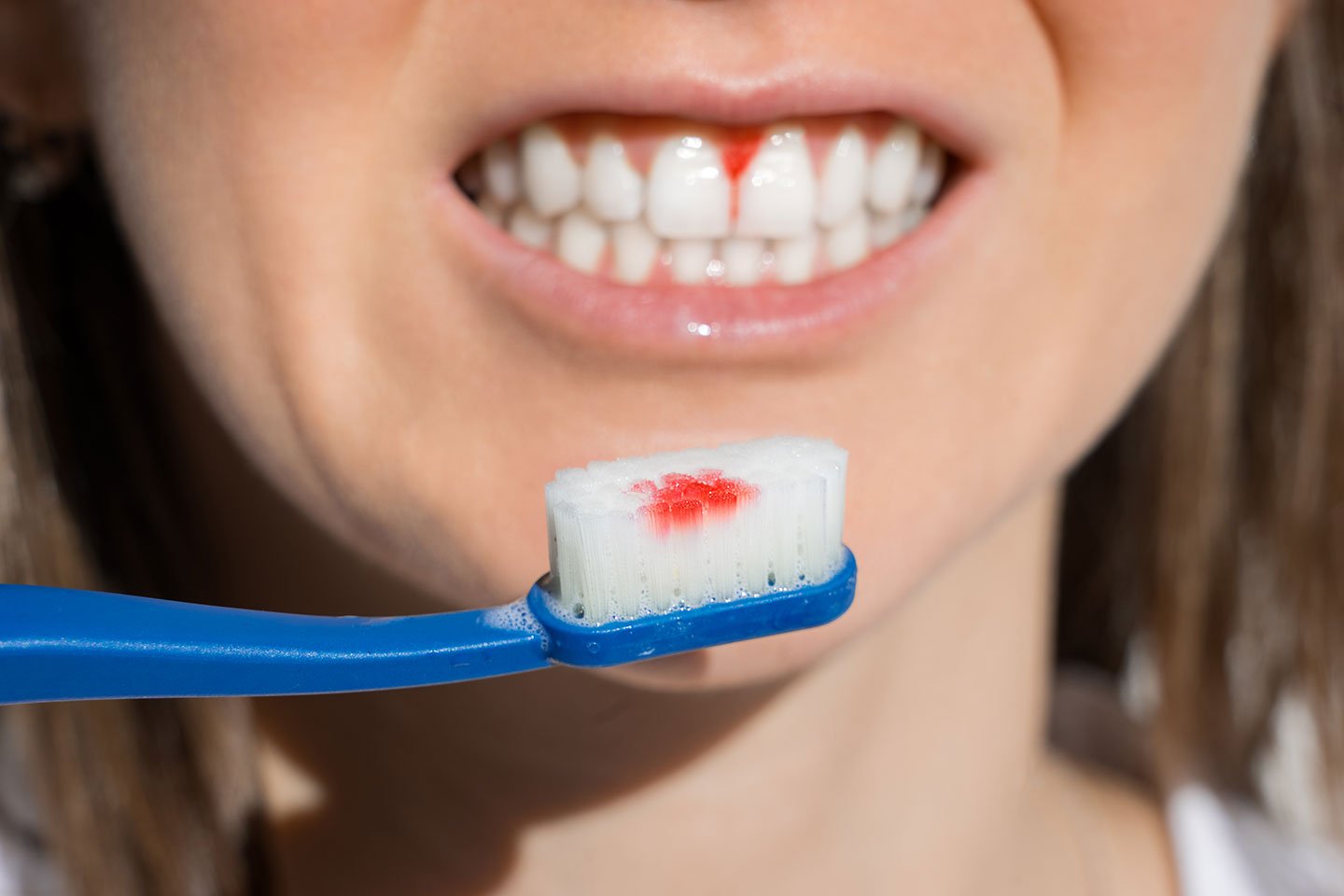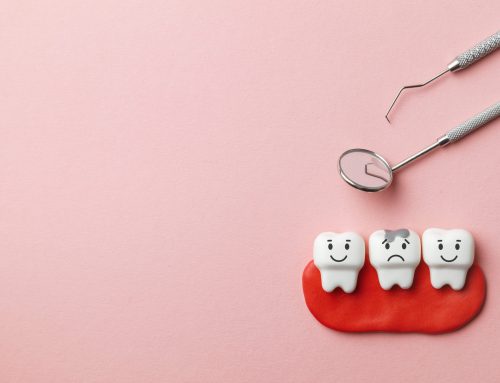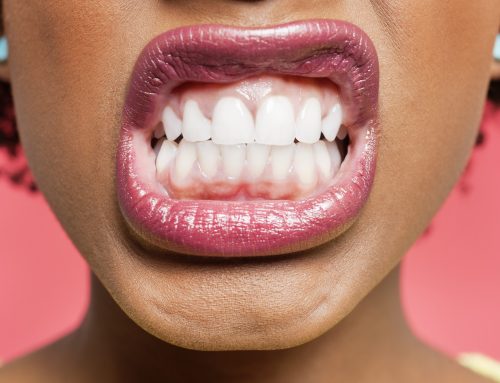Your gums are the crucial piece of the puzzle that holds your oral health together – literally. Early-stage gum disease, commonly referred to as gingivitis, may not seem like a big deal. When you floss, your gums bleed from time to time, but how serious can it be?
Advanced gum disease, known as periodontitis, can lead to a series of complications, including tooth loss. It’s important to pay attention to the colour, behaviour, and overall conditions of your gums to keep your mouth healthy and smile with confidence.
Read on to learn about the causes, gum disease symptoms, and how to prevent it for the ultimate oral health for decades to come.
What is Gum Disease?
Your mouth is home to hundreds of different types of bacteria – which isn’t a bad thing! Most of them are harmless. However, it’s the build-up of bacteria you should be cautious of. The only way to stop the build-up is by having a meticulous oral care routine. This should include the following:
- Brushing twice a day
- Flossing once per day
- A visit to your dentist for a cleaning every six months
However, genetics can play a part in your health and make you more prone to gum disease. But what exactly does that mean?
When bacteria builds up, it turns easy-to-remove plaque into harder-to-remove tartar that a professional dentist can only clean. If the tartar builds up too much, it can spread below the gum line, which makes it impossible to clean with a simple toothbrush routine.
Your body will naturally begin to respond to the bacteria, and your immune system will cause the gums to become inflamed. If the gum’s attachment to the tooth’s root is affected, gaps can form between the gum and root, which is a breeding ground for harmful bacteria.
Over time, if not taken care of, you’ll move through the stages of gum disease, which could have a detrimental outcome on your health.
Causes of gum disease
As we mentioned, the most common cause of gum disease is poor oral hygiene. Brushing your teeth in a mad dash after breakfast and before bed may not be enough. Ensuring you have thoroughly cleaned every tooth, even in hard-to-reach places, is crucial. Flossing once per day is what removes that build-up between the teeth that lead to gum disease. It’s essential you don’t skip that step!
However, you may be at a higher risk of gum disease and require more care from your dentist. Some of the leading causes of periodontitis are:
- Certain conditions, such as diabetes, cancer, and HIV.
- Medications that have a side effect of saliva reduction or abnormal growth of the gum tissue (which causes inflammation).
- Smoking or chewing tobacco.
- Stress.
- Crooked teeth that make it harder to clean.
- Your family history – patients with parents that have had gingivitis are more likely to develop it.
- Your hormones have changed – this can be due to puberty, changes in your menstrual cycle, menopause, and pregnancy.
Symptoms of Periodontitis
Signs of gum disease or periodontitis vary. It’s crucial that you maintain your dental cleaning schedule, as you can develop a more severe case of the disease if no obvious symptoms are present. Gum disease symptoms will fluctuate, depending on the stage you’re in. Here are the common ones our patients notice:
- Red, tender, and swollen gums.
- Bleeding from the gums after brushing and/or flossing.
- Constant bad breath.
- Teeth are shifting in place or feeling loose.
- Pain when you’re chewing.
- Pus between the teeth and gums.
- A change in how your teeth feel when you bite down or changes in the fit of partial dentures.
Stages of Gum Disease
Your gum disease symptoms and treatment options will vary, depending on the stage of gum disease you’re in. Consulting with your dentist sooner rather than later can save you money on expensive treatments, as early diagnosis is the key to success. Here’s what the roadmap from gingivitis to periodontal disease looks like.
Stage one: Inflammation (gingivitis): Gingivitis is common among adults and (good news) – reversible. You may see some discolouration on your teeth, resulting from plaque build-up. You could even notice some blood after a simple bedtime brush. Perfecting your oral health routine and regularly scheduling dental cleanings is the key to being gum disease free in this stage.
Stage two: Early periodontal disease: If your gingivitis has not been taken care of, you’re at risk of developing the early stages of periodontitis. Your immune system will try and fight the infection on its own, which will cause your gums to become more inflamed, resulting in receding gum tissue. This is when you may notice gums pulling away from your teeth and possibly small pockets between the gums and teeth.
Stage three: Advanced periodontal disease: This is when things get serious, and surgery may be required. If your connective tissue begins to deteriorate, your gums, bones, and other supporting tissue may not be able to hold your teeth. This can result in tooth loss, severe bad breath, and pain while chewing.
The best solution to gum disease is prevention. By regularly visiting your dentist for cleanings and scheduling a yearly exam, you’re on your way to better health. The good news is, no matter what stage of periodontitis you’re in, you’ll have options. Even if you’ve managed to lose some teeth, our dentists have implant and denture options that will give you a confident smile. Contact Somerset Dental on James to book your next preventative cleaning or get insights on why your gums might be bleeding.
Have you ever experienced your gums bleeding after brushing? Did it go away on its own? What did your dentist recommend? Share your story with our readers that are worried about their next steps in the comments below.






Leave A Comment